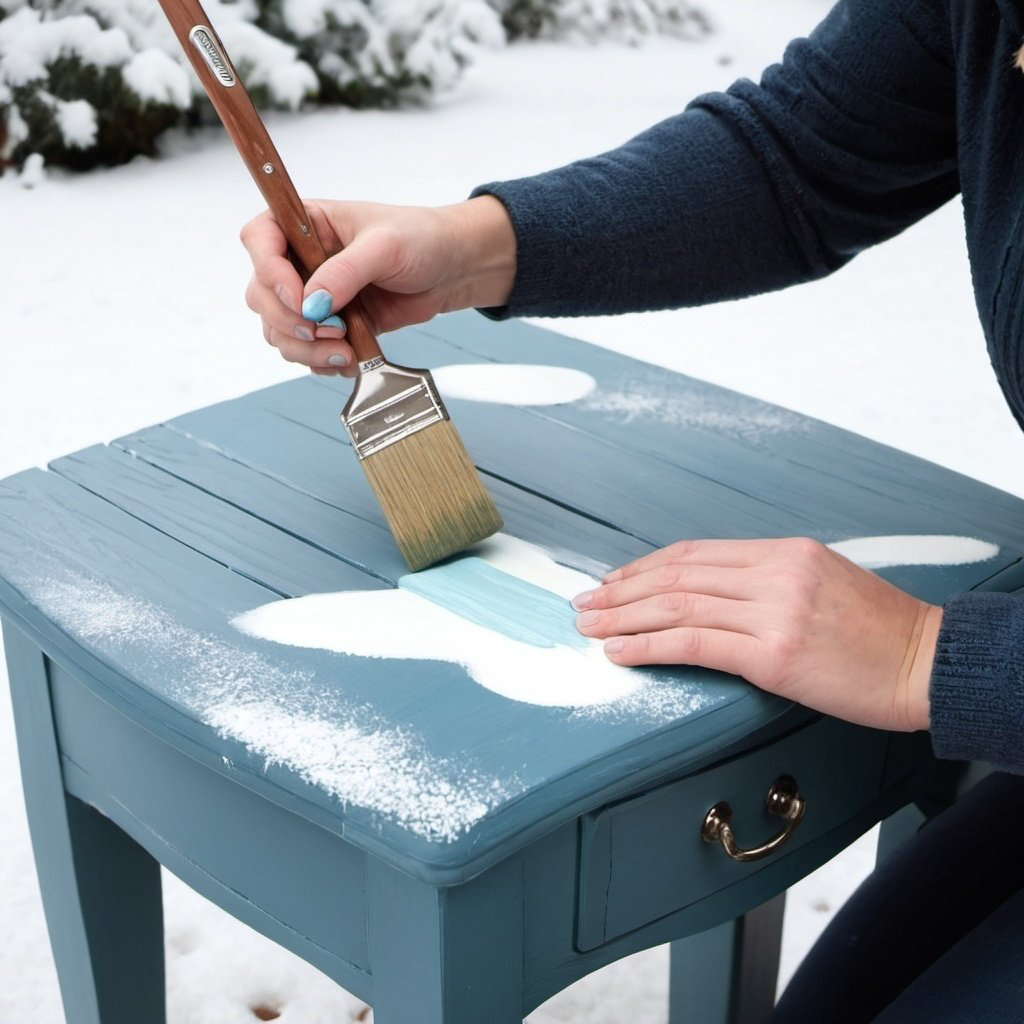
As the temperature drops, many DIY enthusiasts and professional painters may find themselves facing the challenge of using paint in cold weather. Cold temperatures can affect the quality and application of paint, leading to issues such as slow drying, poor adhesion, and overall unsatisfactory results. However, with the right knowledge and preparation, it is possible to successfully use paint in cold temperatures. In this blog, we will provide some valuable tips for tackling this common issue.
1. For outdoor painting it is not recommended to use our paints if the temperature drops below 10 deg C.
2. Store Paint Properly: Before using paint in cold temperatures, it is important to store it correctly. Keep the paint in a temperature-controlled environment, ideally at room temperature, before and after use. Avoid leaving paint cans in unheated areas, such as garages or outdoor sheds, where they can be exposed to freezing temperatures.
3. Warm Up the Paint: If the paint has been stored in a cold environment, it may have thickened or become difficult to work with. To address this, allow the paint to reach room temperature before use. You can achieve this by bringing the paint indoors and letting it sit for a few hours. Avoid using methods such as direct heat sources, as they can alter the paint's consistency.
4. Prepare the Surface: Cold temperatures can affect the surface being painted, leading to issues with adhesion and coverage. It is important to thoroughly clean and dry the surface before applying the paint. Additionally, consider using a primer specifically designed for cold-weather applications to improve adhesion and overall finish.
5. Use Proper Application Techniques: When applying paint in cold temperatures, it is essential to adjust your application techniques accordingly. Avoid painting in extremely low temperatures, as this can lead to slow drying and poor adhesion. If painting outdoors, try to do so during the warmest part of the day. Additionally, consider using a paint additive designed to accelerate drying in cold conditions.
6. Allow for Adequate Drying Time: In cold weather, paint may take longer to dry compared to warmer temperatures. Be patient and allow for extended drying times between coats. Avoid rushing the process, as this can result in poor adhesion and compromised finish.
By following these tips, you can effectively use paint in cold temperatures and achieve satisfactory results. With the right approach, you can successfully tackle painting projects even in chilly conditions.
Happy creating!


